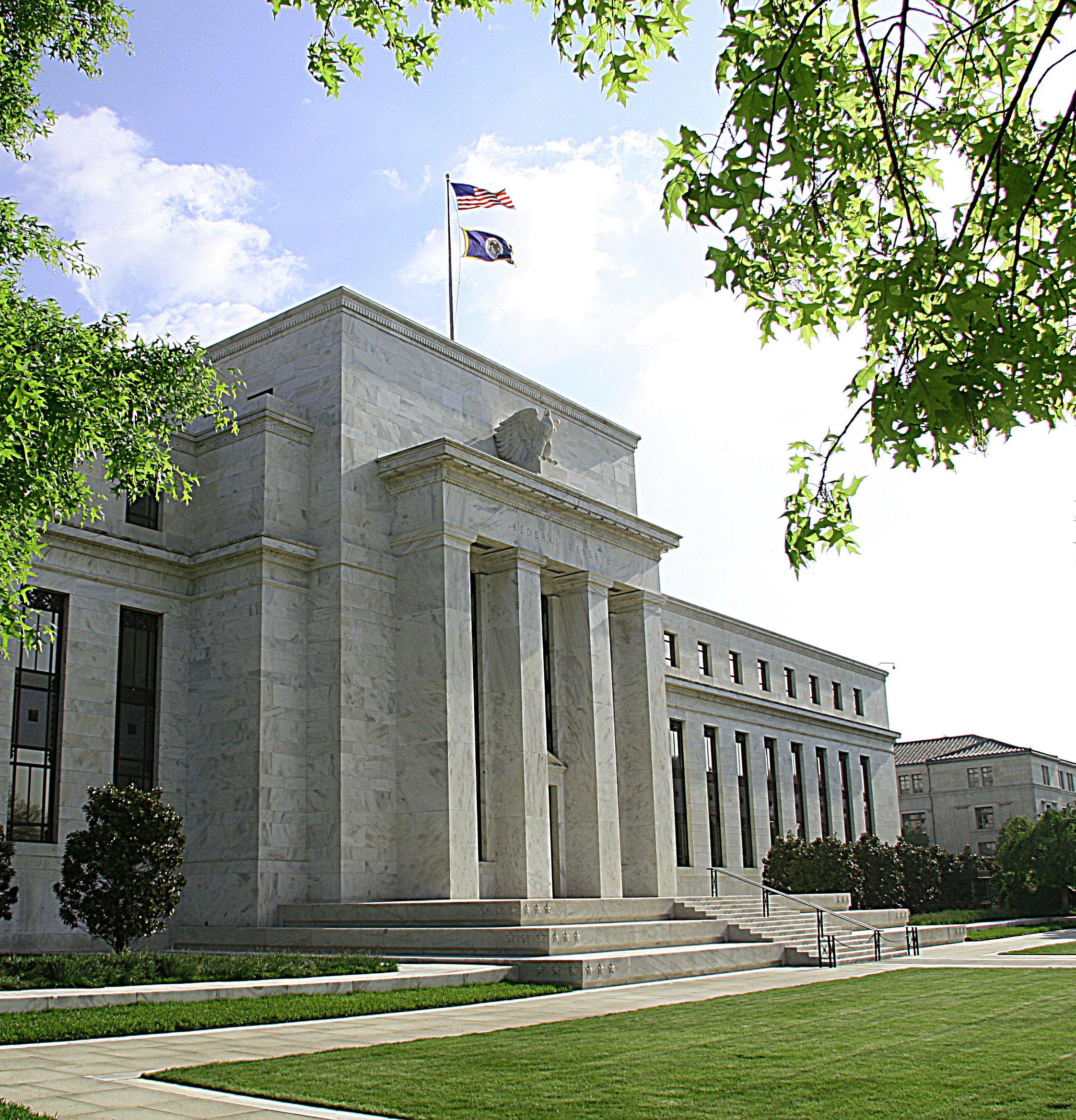U.S. Federal Reserve opens a new era with the end of QE stimulus programme
The Federal Reserve decided Wednesday to end its quantitative easing (QE) stimulus programme, after six years of pumping easy money into the U.S. economy via asset purchases to shore up growth. Revealing increasing confidence in a modestly expanding economy despite slower growth elsewhere, the Fed also trimmed its earlier doubts about the strength of the labor market. It said the market, after several months of solid job creation, has shown “substantial improvement”, and that labor market slack - an issue that has clearly bothered Fed Chair Janet Yellen since the beginning of the year - was diminishing.
The Fed has now officially shifted into a neutral policy gear, not buying or selling assets, not cutting or hiking interest rates. How long the Fed remains in this gear will of course be data dependent.
Michael Gregory of BMO Capital Markets
Over six years and three separate QE rounds, the Fed has bought up some $3.5 trillion in assets to keep interest rates low and encourage investment. The principal aim for the policy was to help bring down the unemployment rate, which peaked at 10.0 per cent in October 2009 and fell steadily to 5.9 per cent last month. With jobs growth now running at a firm clip, the Fed’s focus has turned to inflation, which remains well below its 2.0 per cent target.

Americas fed QE